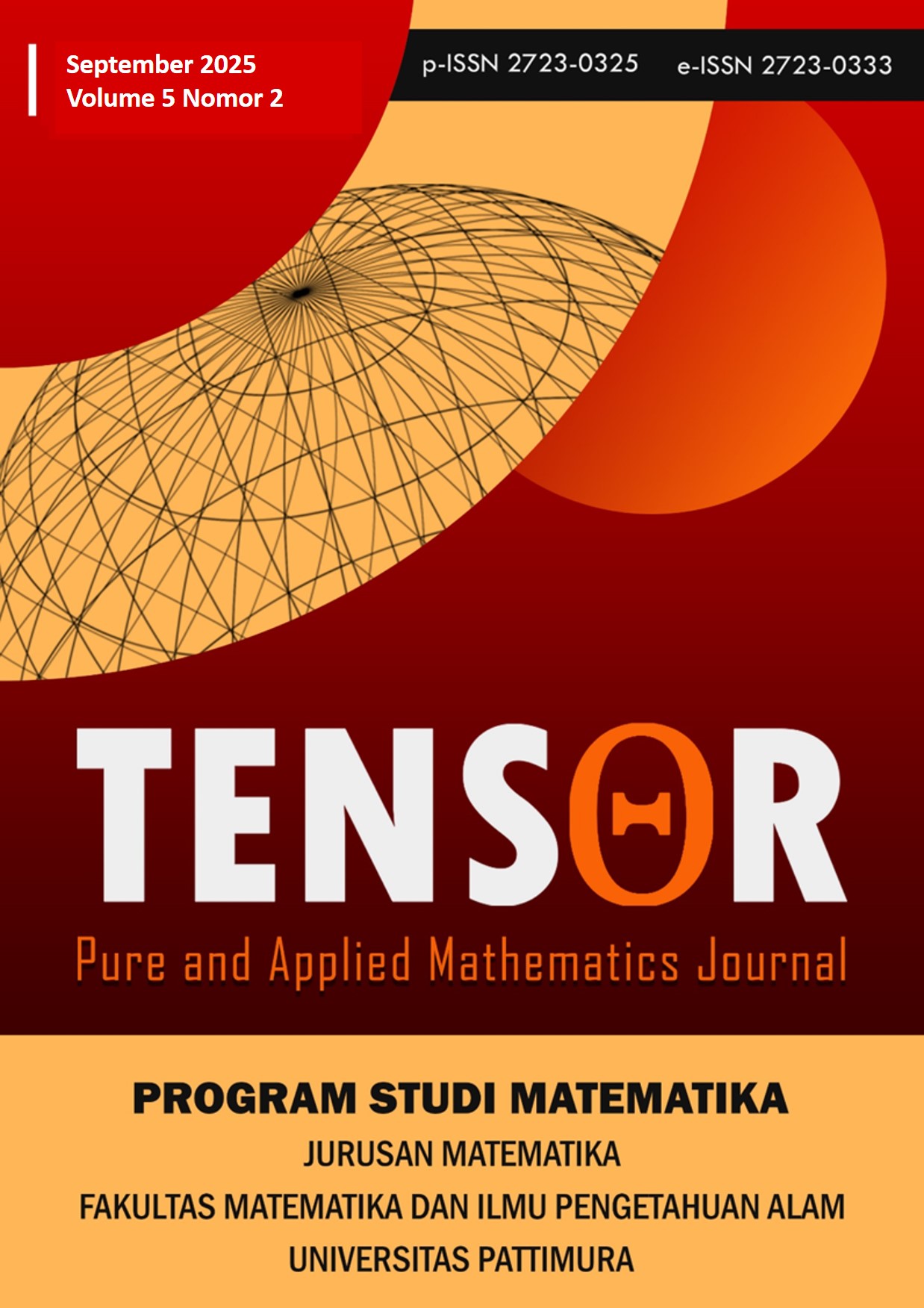Application of The Naïve Bayes Algorithm Method for Classification of Families at Risk of Stunting (Case Study: Waeapo District, Buru Regency)
Main Article Content
Abstract
Classification is a job of assessing data objects to put them into a certain class from a number of available classes. One algorithm that can be used for classification is the Naïve Bayes Classifier. Naïve Bayes Classifier is a probability concept that can be used to determine class groups of text documents and can process large amounts of data with high accuracy results. The aim of this research is to determine the results of the classification of families at risk of stunting in Waeapo District, Buru Regency and to determine the level of accuracy of three data proportions, namely 70:30, 80:20 and 90:10. The sample in this study was 2290 families. Based on the known level of accuracy, the best accuracy value is a data proportion of 90:10 with an accuracy value of 93.9%.
Downloads
Article Details

This work is licensed under a Creative Commons Attribution-NonCommercial-ShareAlike 4.0 International License.

